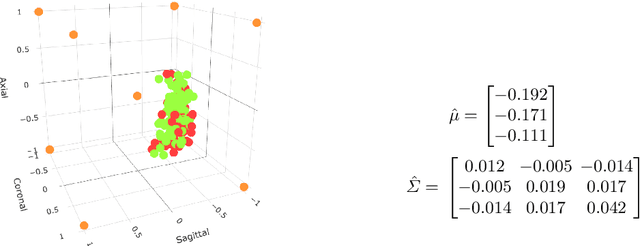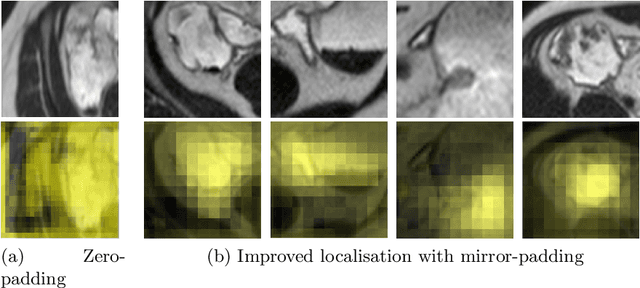Automatic Detection of Bowel Disease with Residual Networks
Paper and Code
Aug 31, 2019



Crohn's disease, one of two inflammatory bowel diseases (IBD), affects 200,000 people in the UK alone, or roughly one in every 500. We explore the feasibility of deep learning algorithms for identification of terminal ileal Crohn's disease in Magnetic Resonance Enterography images on a small dataset. We show that they provide comparable performance to the current clinical standard, the MaRIA score, while requiring only a fraction of the preparation and inference time. Moreover, bowels are subject to high variation between individuals due to the complex and free-moving anatomy. Thus we also explore the effect of difficulty of the classification at hand on performance. Finally, we employ soft attention mechanisms to amplify salient local features and add interpretability.
 Add to Chrome
Add to Chrome Add to Firefox
Add to Firefox Add to Edge
Add to Edge